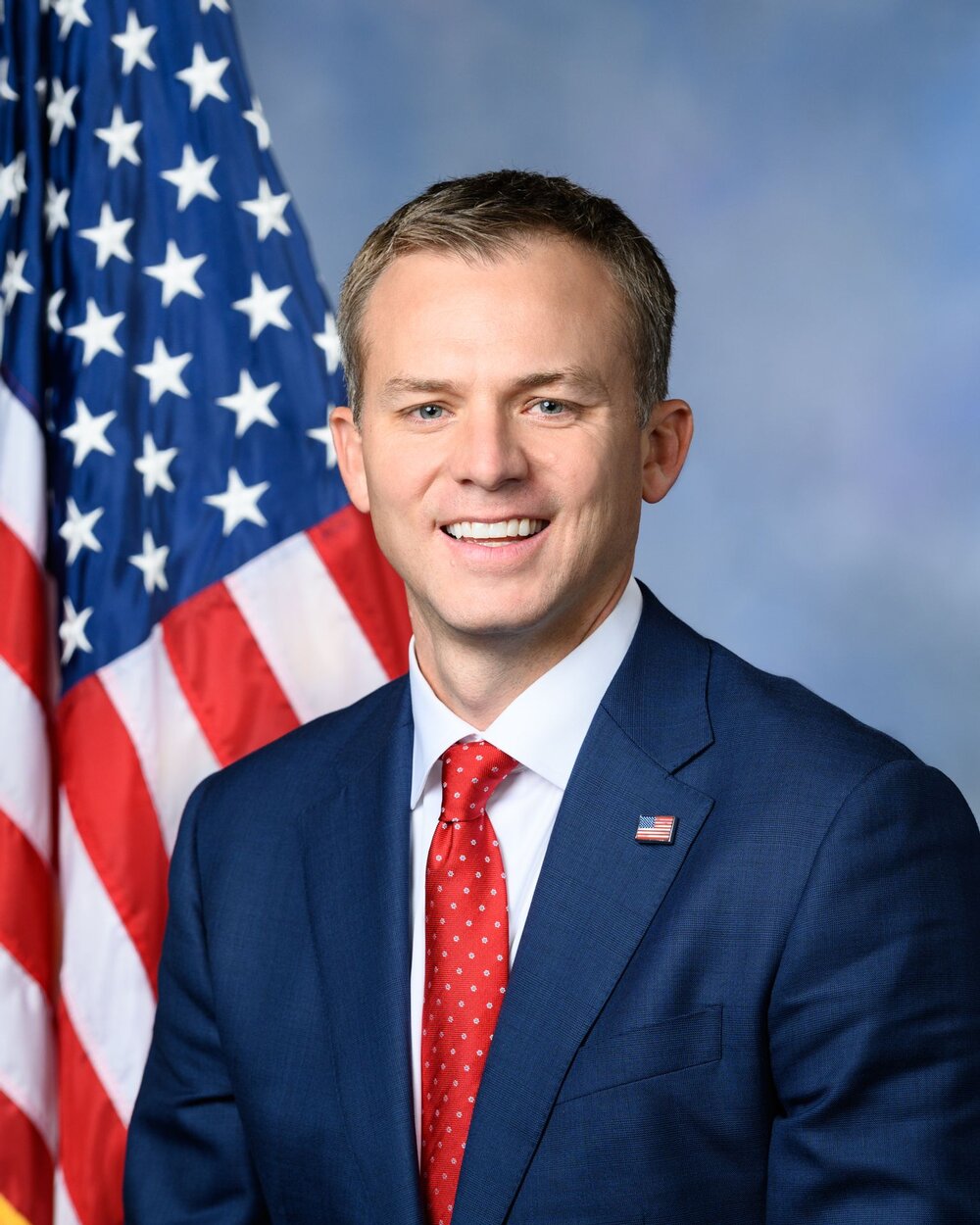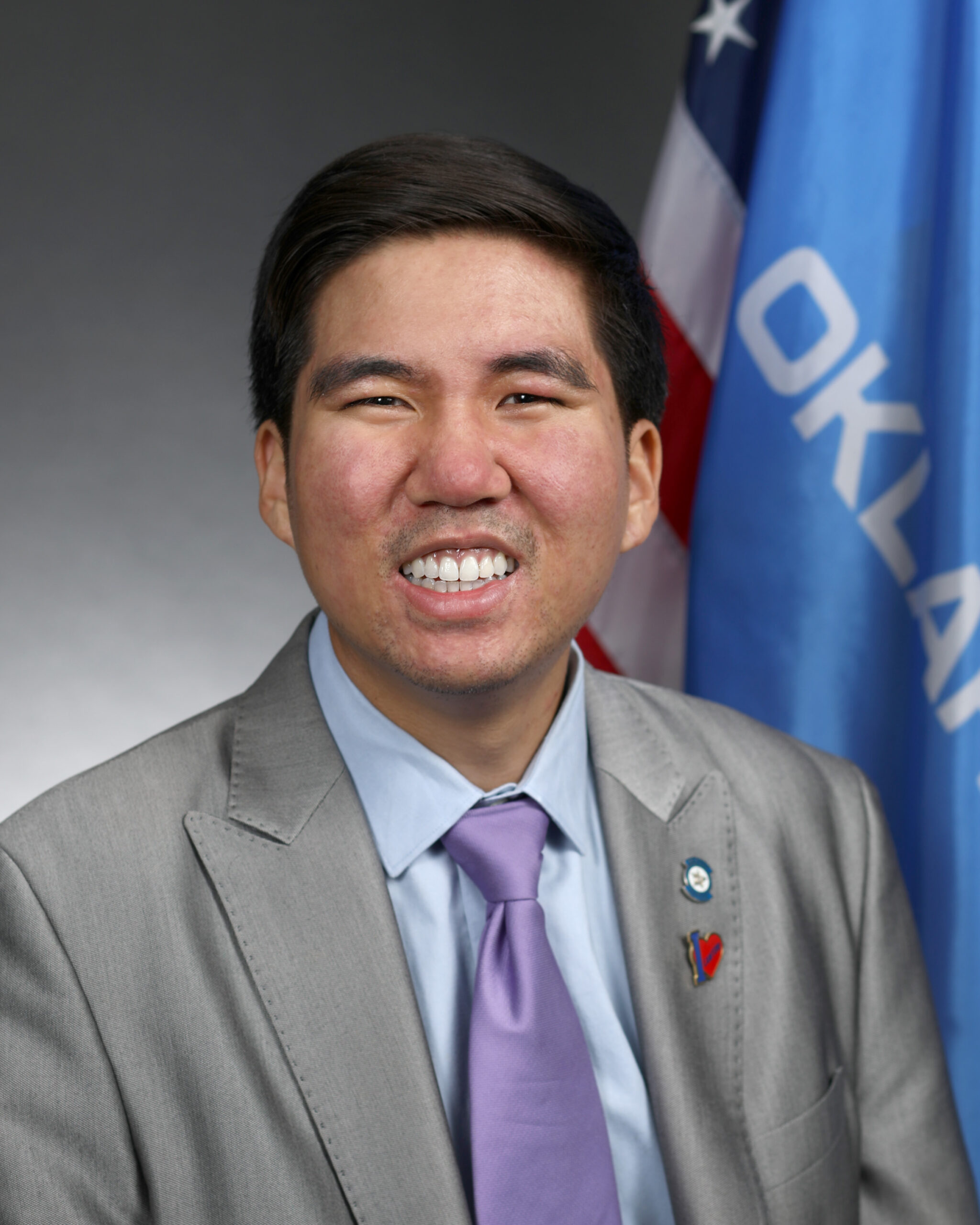A Millennial Path to a Clean Energy Future
January 27, 2017
By Chad Dixon
A Millennial Path to a Clean Energy FutureBy Chad DixonEditor’s Note: The Millennial Voices series is written by and for Millennials to foster nonpartisan discussion. Chad Dixon is an Operator at Viridity Energy. The opinions expressed in this commentary are solely those of the author.“Clear and present danger” is the message that the United Nations is rendering about climate change.“Continued emission of greenhouse gases will cause further warming and long-lasting changes in all components of the climate system, increasing the likelihood of severe, pervasive and irreversible impacts for people and ecosystems”— United NationsThe fact is the United States needs a clear and post-partisan path to a clean energy future, but our current institutions are rooted in the past.This nation’s energy infrastructure was built for coal and oil: Tax breaks and incentives were implemented to aid the growth of energy coal and oil for the good of the nation’s development.However, the turn of the century brought about a scientific consensus that the emissions produced from the use of fossil fuels have and will continue to damage the earth’s climate.The Intergovernmental Panel on Climate Change (IPCC) was established by the United Nations “to provide the world with a clear scientific view on the current state of knowledge in climate change and its potential environmental and socio-economic impacts.” Their most recent report stated that the world is on track to exceed the “Carbon Budget” by 2050 if emissions continue unabated.On June 16th 2015, the Obama Administration announced that $4 billion of private and public funds would be invested in stimulating “Clean Energy Innovation.” The White House’s overall Clean Energy Stimulus is broken down in the chart below:SourceClimate activism has been increasing in the United States through different forms of clean energy policy. These policies and incentives that support clean energy can be explored in the Department of Energy’s Database of State Incentives for Renewables & Efficiency.The most notable policies that promote clean energy integration are: Renewable Portfolio Standards, Production Tax Credits, and federal grant and loan programs which are widely dispersed by the Department of Energy.Mitigating the effects of climate change through clean energy policies is what Millennials are demanding, and politicians are hearing these desires.Chad Dixon is currently an Operator at Viridity Energy where he has since become a PJM Certified Generation Operator. Chad has previously worked at the Department of Energy and received his B.S. in Energy and Environmental Policy with a Concentration in Economics and Public Policy from University of Delaware.As a tax-exempt nonprofit organization governed by Section 501©(3) of the Internal Revenue Code, Millennial Action Project (MAP) is generally prohibited from attempting to influence legislative bodies in regards to policy and legislation. It is important to note guest authors frequently take firm stances on issues and policy matters that are currently being debated by policymakers; when they do, however, they speak for themselves and not for MAP, its board, council or employees.Originally published at futurecaucus.org.
By Millennial Action Project on January 27, 2017.






Join 1,900+ BIPARTISAN LEADERS NATIONWIDE
Be a part of a network of lawmakers committed to governing effectively, passing more representative public policy, and increasing public trust in democracy.